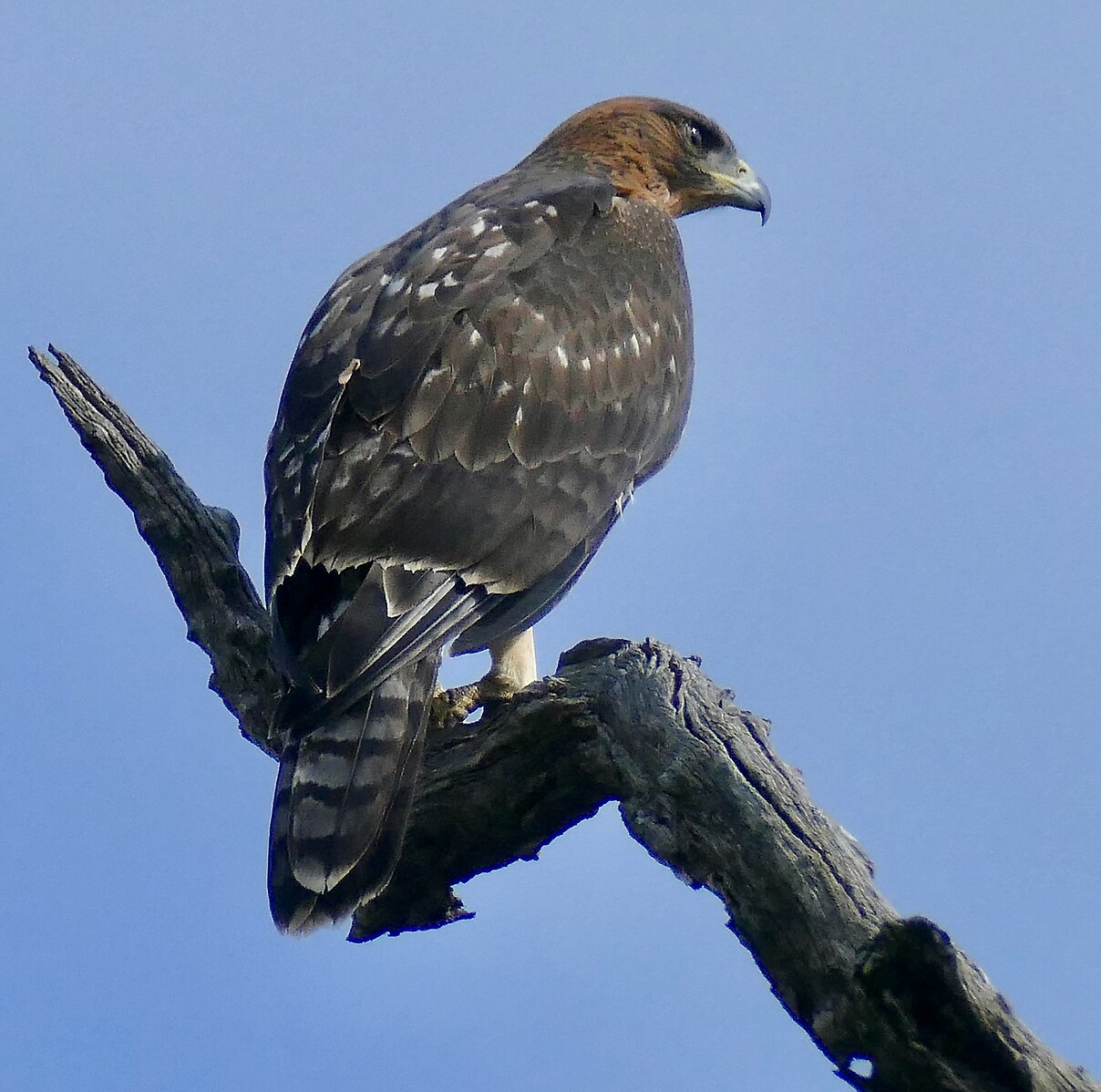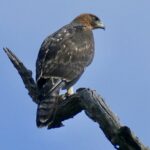While African hawk eagles are primarily diurnal hunters, they do have some adaptations that allow them to hunt in low light conditions, particularly at dusk and during moonlit nights.
Adaptations for Nocturnal Hunting
African hawk eagles have several adaptations that may enable them to hunt in low light conditions:
-
Larger Orbits: Like other nocturnal birds of prey, African hawk eagles have larger orbits (eye sockets) relative to their optic foramen (the hole in the back of the orbit through which the optic nerve passes). This is a common adaptation in nocturnal birds, as it allows for a larger retina and more photoreceptors, improving their ability to see in the dark.
-
Specialized Visual System: Studies on the closely related letter-winged kite, the world’s only nocturnal hawk, have shown that nocturnal raptors have specialized adaptations in their visual system, including larger retinas with more photoreceptors and potentially enlarged areas of the brain responsible for processing visual information.
-
Hunting Strategies: African hawk eagles employ a variety of hunting strategies, including still-hunting from an inconspicuous perch and low-level dashes to catch prey. These strategies may be particularly effective in low light conditions, as the eagle can use cover to conceal its approach.
Observed Nocturnal Hunting Behavior
 Image source: African Hawk-Eagle by Bernard DUPONT
Image source: African Hawk-Eagle by Bernard DUPONT
While African hawk eagles are primarily diurnal, they have been observed hunting at dusk and during moonlit nights, particularly in areas where their preferred prey, such as long-tailed rats, are active. This suggests that they may have some adaptations that allow them to hunt effectively in low light conditions.
Comparison to Nocturnal Raptors
In comparison to the highly specialized letter-winged kite, the African hawk eagle is not as adapted for nocturnal hunting. The letter-winged kite has a range of adaptations, including larger eyes, a smaller optic foramen, and potentially enlarged areas of the brain responsible for processing visual information, that allow it to hunt effectively at night.
Conclusion
While African hawk eagles are primarily diurnal hunters, they do have some adaptations that may allow them to hunt in low light conditions, particularly at dusk and during moonlit nights. Their larger orbits, specialized hunting strategies, and observed nocturnal hunting behavior suggest that they are capable of hunting in a range of light conditions, though they are not as specialized for nocturnal hunting as some other raptor species.
References:
– Earth.com, “The world’s only nocturnal hawk may not see well in the dark”
– Animalia.bio, “African hawk-eagle – Facts, Diet, Habitat & Pictures”
– eBird.org, “Nocturnal Hunting Behavior of Changeable Hawk-Eagle on Kitten”
– Flinders University, “Study reveals nocturnal adaptations of the world’s only nocturnal hawk”
– Wikipedia, “African hawk-eagle”
– The Peregrine Fund, “African Hawk-eagle”


